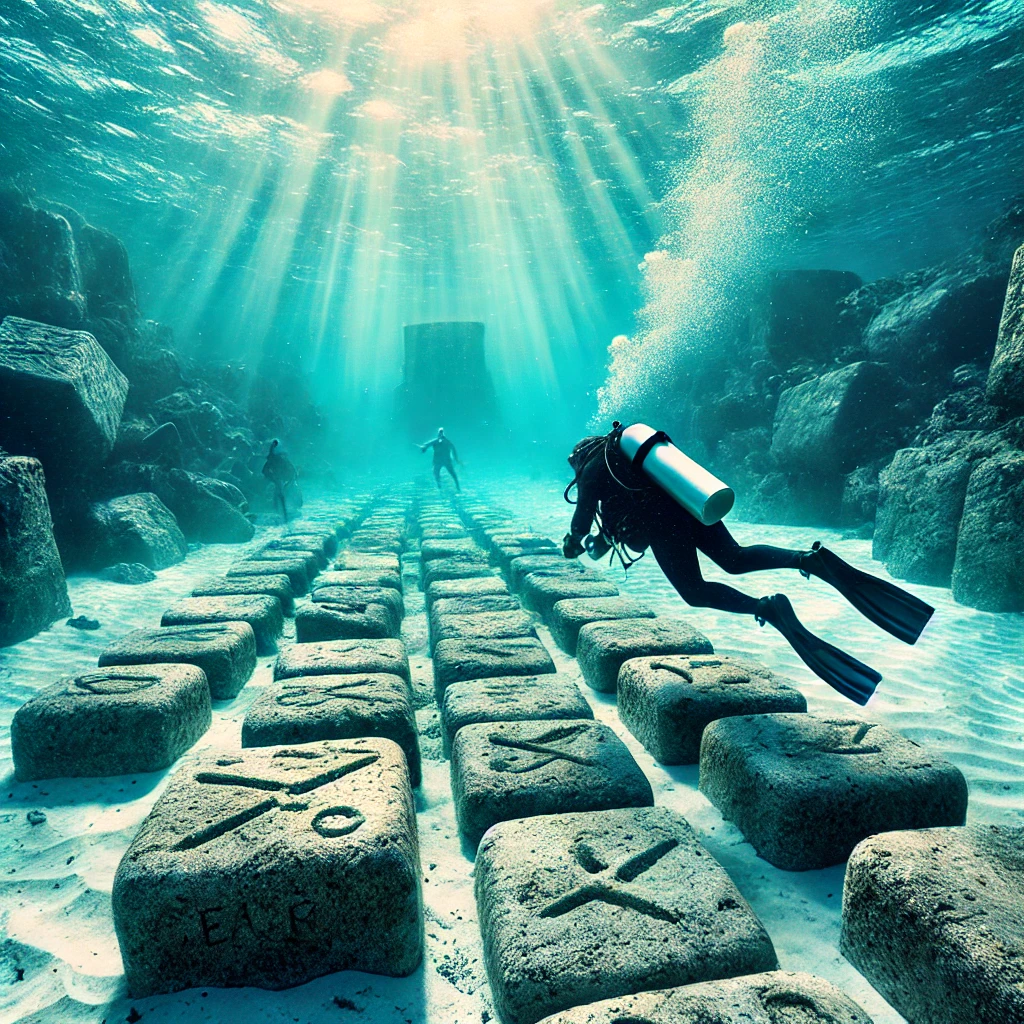A Societal Shift with Wide-Reaching Impacts
Reading has long been a cornerstone of intellectual growth, empathy, and cultural understanding. However, as highlighted in Part 1 of this series, the act of reading is in sharp decline. This shift has profound implications for individuals and society at large. The consequences extend far beyond personal knowledge and entertainment; they affect critical thinking, creativity, and even democracy itself. This article explores the wide-ranging effects of a non-reading society and why reversing this trend is critical for the future.
Erosion of Critical Thinking Skills
One of the most significant impacts of declining reading habits is the erosion of critical thinking. Reading, particularly long-form content, challenges individuals to analyze complex ideas, make connections, and consider multiple perspectives. Without this engagement, cognitive skills suffer.
Dependence on Simplified Information As reading declines, people increasingly rely on bite-sized content from social media and headlines. This trend reduces the ability to discern nuanced arguments or differentiate fact from opinion, making individuals more susceptible to misinformation.
The “Echo Chamber” Effect The lack of critical engagement with diverse perspectives reinforces echo chambers, where individuals are exposed only to ideas that align with their existing beliefs. This phenomenon undermines productive discourse and polarizes societies.
Decline in Empathy and Emotional Intelligence
Fiction, in particular, plays a unique role in fostering empathy by allowing readers to step into the lives of others. Studies have shown that people who read fiction are better able to understand and share the feelings of others. As reading habits decline, so does this ability to connect on a deeper emotional level.
Impact on Relationships The decline in empathy has ripple effects on interpersonal relationships, leading to reduced understanding and tolerance among individuals.
Cultural Fragmentation Without shared narratives and exposure to diverse stories, communities may struggle to maintain social cohesion. Literature has historically been a unifying force, fostering shared values and cultural understanding.
Creativity and Imagination at Risk
Reading stimulates the imagination by inviting readers to create vivid mental images of characters, settings, and events. This creative engagement is essential for problem-solving and innovation.
A Loss of “Mental Exercise” Unlike passive forms of entertainment, such as watching television, reading requires active participation. Without this mental exercise, creativity may stagnate.
Implications for the Arts and Sciences Many great scientific and artistic breakthroughs have been inspired by literature. A decline in reading threatens this cross-pollination of ideas, potentially stifling innovation.
Economic Consequences
The economic implications of declining reading habits are often overlooked but are nonetheless significant. Literacy and critical thinking are foundational skills in the modern workforce. A population that does not read is at a disadvantage in a knowledge-based economy.
Reduced Workforce Competence Jobs increasingly require advanced literacy skills, from analyzing reports to communicating effectively. A decline in these skills could lead to a less competent and competitive workforce.
Economic Inequality The decline in reading is often more pronounced in low-income communities, exacerbating existing inequalities. Access to books and literacy programs is crucial for breaking the cycle of poverty.
Threats to Democracy
An informed electorate is the bedrock of a healthy democracy. Reading is essential for understanding complex political issues, evaluating policies, and holding leaders accountable.
The Rise of Disinformation As people rely more on social media for news, they are more likely to encounter disinformation and propaganda. Without the critical thinking skills honed by reading, they are less equipped to evaluate the credibility of sources.
Decline in Civic Engagement A non-reading society is less likely to engage in civic activities, such as voting or attending community meetings. This disengagement weakens democratic institutions and diminishes collective decision-making.
Cultural and Historical Amnesia
Books are repositories of cultural and historical knowledge. A decline in reading risks eroding this collective memory, leaving societies disconnected from their past.
Loss of Cultural Heritage Literature preserves the stories, values, and traditions of a culture. When people stop reading, this heritage is at risk of being forgotten.
Disconnection from Global Narratives Reading exposes individuals to the experiences of people from different cultures and time periods. Without this exposure, societies may become insular and less empathetic to global challenges.
Personal Consequences: The Diminished Self
Beyond societal impacts, the decline in reading has personal consequences that affect individuals’ quality of life.
Reduced Lifelong Learning Reading is a key driver of lifelong learning, helping individuals adapt to changing circumstances and acquire new skills. Without it, personal growth stagnates.
Mental Health Implications Reading has been shown to reduce stress, improve mental health, and even delay cognitive decline. A decline in reading deprives individuals of these benefits.
A Crossroads for Society
The consequences of a non-reading society are far-reaching, affecting everything from individual well-being to global stability. The erosion of critical thinking, empathy, creativity, and cultural heritage threatens to create a world that is less informed, less connected, and less innovative. Addressing this crisis requires a collective effort to prioritize and promote reading as an essential human activity. Only by recognizing the profound implications of this decline can we begin to reverse it and build a society that values knowledge, understanding, and imagination.
Disclaimer:
This multi-part series on the decline of reading was created with the assistance of AI technology. While the content reflects thoughtful research and structured analysis, it was developed collaboratively using AI tools to ensure accuracy and efficiency. Readers are encouraged to engage critically with the material and view it as part of an ongoing conversation about the evolving role of reading in society.


















